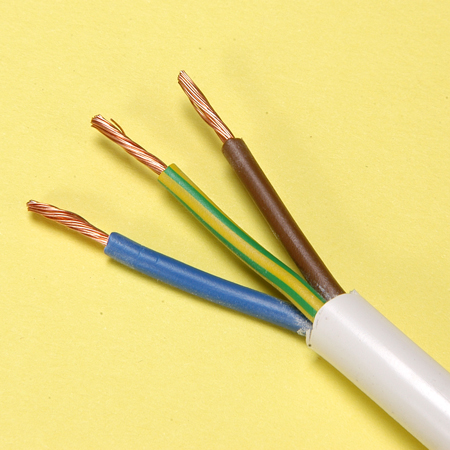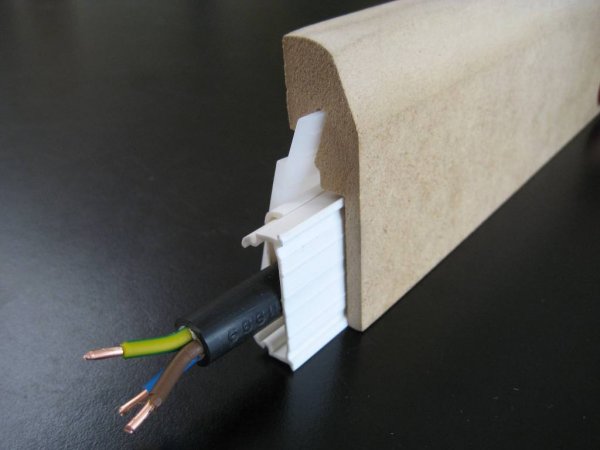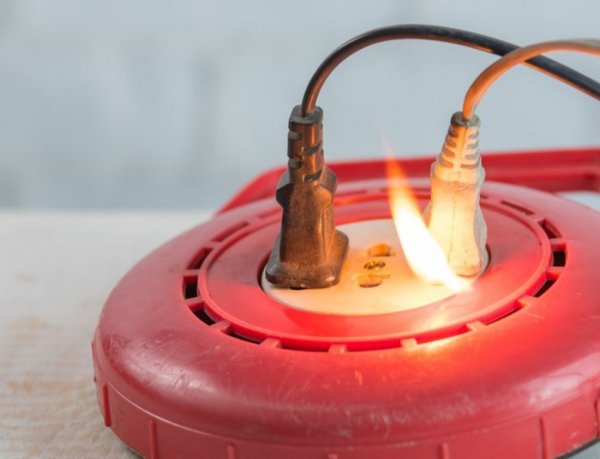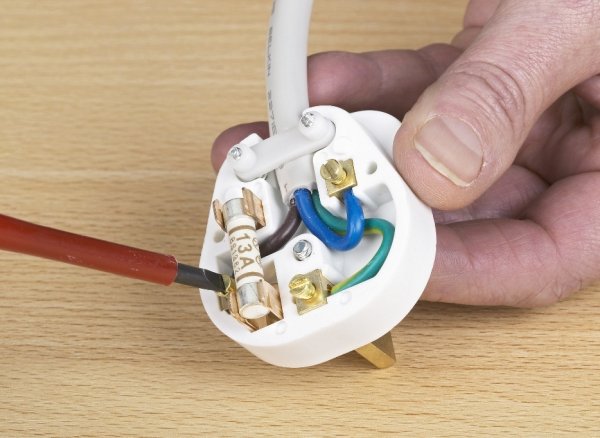Heating wires with current
Since the amount of heat generated by the current as it flows through the wire is proportional to time, the temperature of the wire must increase continuously as the current flows through the wire. In fact, when a current is continuously passed through a wire, a certain constant temperature is established, although the continuous release of heat continues in this wire.

This phenomenon is explained by the fact that any body whose temperature is higher than the temperature of the environment releases heat energy to the environment due to the fact that:
-
first, the body itself and the bodies in contact with it have thermal conductivity;
-
second, the layers of air adjacent to the body are heated, rise up, and give way to colder layers, which are heated again, and so on. (heat convection);
-
thirdly, due to the fact that the heated body emits dark and sometimes visible rays into the surrounding space, spending part of its thermal energy on this (radiation).
All of the above heat losses are the greater, the greater the difference between the temperatures of the body and the environment.Therefore, when the temperature of the conductor becomes so high that the total amount of heat given off by the conductor to the surrounding space per unit time is equal to the amount of heat generated in the conductor each second by an electric current, then the temperature of the conductor will stop increasing and will become permanent.
The loss of heat from a conductor during the passage of a current is too complex a phenomenon to theoretically obtain the dependence of the temperature of the conductor on all the circumstances that affect the rate of cooling of the body.
However, some conclusions can be drawn based on theoretical considerations. Meanwhile, the question of the temperature of the wires is of great practical importance for all technical calculations of the network, rheostats, windings, etc. Therefore, in technology, they use empirical formulas, rules and tables that give the relationship between the cross-sections of wires and the permissible current strength under various conditions in which the wires are. Some qualitative relationships can be predicted and easily established empirically.
Obviously, any circumstance that reduces the influence of one of the three causes of body cooling increases the temperature of the conductor. Let us point out some of these circumstances.
An uninsulated straight wire stretched horizontally has a lower temperature than the same wire at the same current strength in a vertical position, because in the second case the heated air rises along the wire and the replacement of the heated air with cold air occurs more slowly, than in the first case.
A wire wound in a spiral heats up much more than a similar wire of the same amperage stretched in a straight line.
A conductor covered with a layer of insulation heats up more than an uninsulated one, because the insulation is always a poor conductor of heat, and the temperature of the surface of the insulation is much lower than the temperature of the conductor, so the cooling of this surface by air currents and radiation is much more -small.
If a wire is placed in hydrogen or glowing gas, which have a higher thermal conductivity than air, then the temperature of the wire for the same current strength will be lower than in air. On the contrary, with carbon dioxide, whose thermal conductivity is lower than that of air, the wire heats up more.
If the conductor is placed in a cavity (vacuum), then the convection of heat will stop completely and the heating of the conductor will be much greater than in air. This is used when installing incandescent bulbs.
In general, the cooling of the air currents of the wires is of primary importance among other cooling factors. Any increase in cooling surface area reduces the temperature of the wire. Therefore, a bundle of thin parallel wires that are not in contact with each other is cooled much better than a thick wire of the same resistance, whose cross-section is equal to the sum of the cross-sections of all the wires in the bundle.
In order to make rheostats of relatively low weight, very thin metal strips are used as conductors, which are crimped to reduce their length.
Since the amount of heat given off by the current in a conductor is proportional to its resistance, then in the case of two conductors of the same size but different substance, the conductor whose resistance is greater is heated to a higher temperature.
By reducing the cross-section of the wire, you can increase its resistance so much that its temperature reaches its melting point. This is used to protect the network and devices from being damaged by currents of greater strength than the devices and network are designed for.
For this so-called fuses, which are short wires made of a low-melting metal (silver or lead). The cross-section of this wire is calculated so that at a certain specified current strength this wire melts.
The data given in the tables for looking up the cross-section of fuses for various currents refer to fuses with a length of at least certain dimensions.
A very short fuse cools better than a long one due to the good thermal conductivity of the copper clamps to which it is connected and therefore melts at a slightly higher current. In addition, the length of the fuse must be such that when it melts, an electric arc cannot form between the ends of the wires. In this way, the smallest fuse length is determined depending on the mains voltage.
See also:
Heating of live parts with extended current flow in the formulas



